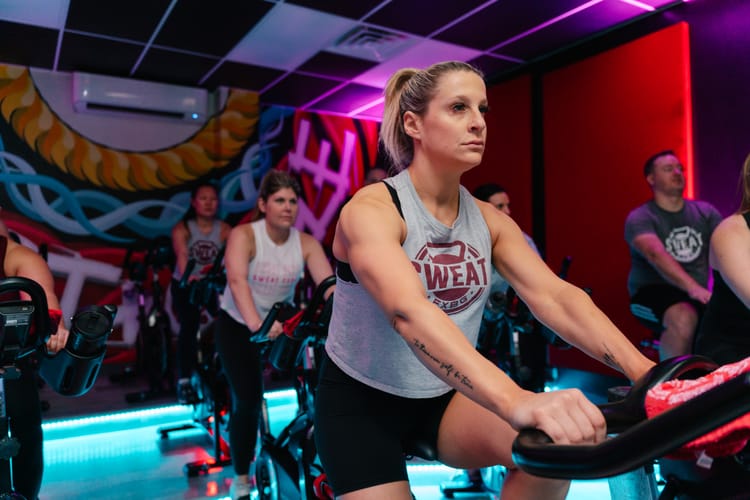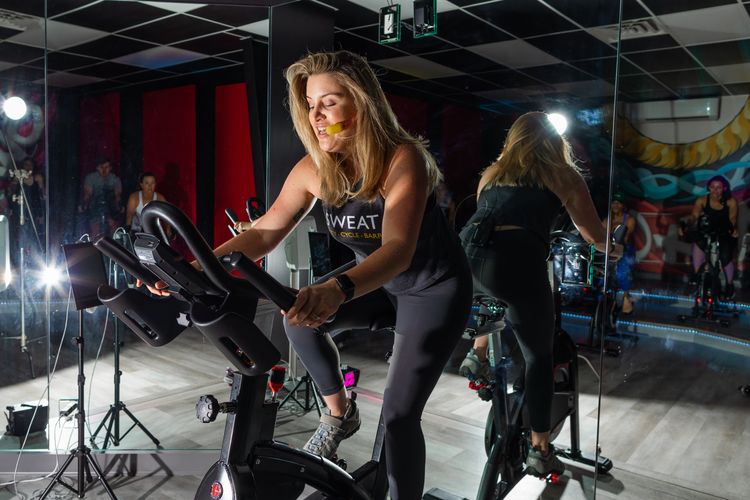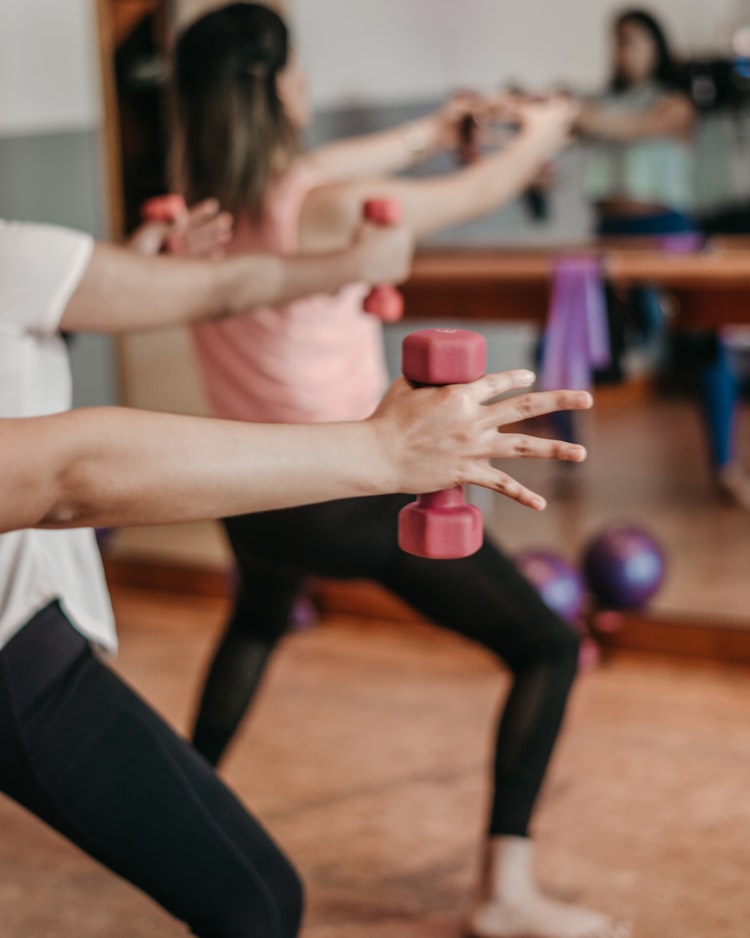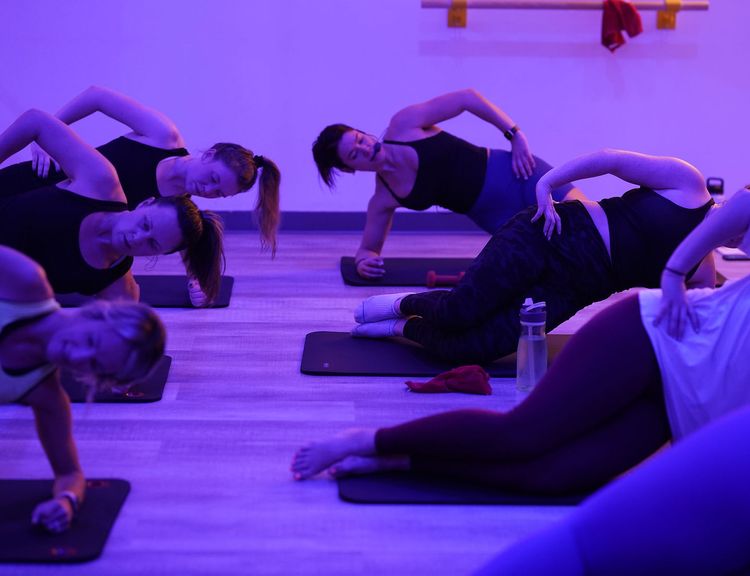The Power of Habits in Achieving and Maintaining Fitness Goals

Habits play a significant role in shaping our daily behaviors and routines. In this section, we will explore the concept of habits and how they influence our ability to achieve and maintain fitness goals. We will discuss the importance of habits in creating sustainable lifestyle changes and introduce the habit loop model, which consists of cues, routines, and rewards. Understanding and leveraging this model can help us develop positive fitness and health-related behaviors that support our goals.
The Concept of Habits
Habits are automatic behaviors that are acquired through repetition and become ingrained in our daily lives. They are the result of our brain's ability to create neural pathways that make actions more efficient and less cognitively demanding. Habits often operate on a subconscious level, allowing us to perform tasks with little conscious effort. Examples of habits include brushing our teeth, tying our shoelaces, or reaching for a snack when feeling stressed.
The Role of Habits in Achieving and Maintaining Fitness Goals
When it comes to fitness and health goals, developing positive habits is crucial for long-term success. Habits provide a framework for consistent action, allowing us to make progress even when motivation may fluctuate. By integrating healthy habits into our daily lives, we create a strong foundation for sustainable lifestyle changes. Habits help us overcome resistance and make healthier choices automatic, reducing the reliance on willpower alone.
The Habit Loop Model
The habit loop model, popularized by Charles Duhigg in his book "The Power of Habit," consists of three components: cues, routines, and rewards.
- Cues: Cues are triggers that prompt our brain to initiate a specific behavior. They can be external (such as a time of day, location, or visual stimulus) or internal (such as emotions, thoughts, or physical sensations).
- Routines: Routines are the behavioral responses or actions we engage in when confronted with a specific cue. Routines can be positive or negative, depending on the behavior they lead to.
- Rewards: Rewards are the positive outcomes or feelings we experience as a result of completing the routine. Rewards can be intrinsic (such as a sense of accomplishment or increased energy) or extrinsic (such as praise, recognition, or tangible rewards).
Applying the Habit Loop to Fitness and Health-related Behaviors
To harness the power of habits in achieving and maintaining fitness goals, we can apply the habit loop model in the following way:
- Identify Cues: Identify the cues or triggers that precede the desired fitness behavior. For example, a cue could be the alarm going off in the morning, indicating it's time for a workout.
- Establish Routines: Establish a routine or behavior that aligns with your fitness goal when the cue occurs. This could be going for a run, doing a workout routine, or practicing yoga.
- Create Rewards: Associate a reward with completing the routine to reinforce the habit. This could be the sense of accomplishment, the endorphin rush after exercise, or a post-workout treat.
Reinforcing Positive Habits
To reinforce positive habits and make them stick, consider the following strategies:
- Start Small: Begin with small, manageable habits that are easy to integrate into your daily routine. Gradually increase the complexity or duration of the habit over time.
- Track Progress: Keep a habit tracker or journal to record your daily habits and monitor your progress. Seeing the consistency and success of your habits can provide motivation and reinforce their importance.
- Create Accountability: Share your goals and habits with a trusted friend, family member, or an accountability partner. Their support and encouragement can help you stay on track and provide an added level of accountability.
- Make it Enjoyable: Find ways to make your habits enjoyable and rewarding. Incorporate activities you genuinely enjoy or explore new options to keep the experience fresh and engaging.
Summary
By understanding the power of habits and implementing the habit loop model, we unlock the potential to cultivate positive fitness and health-related behaviors that significantly contribute to achieving our goals. Habits are like the building blocks of our lives, shaping our actions and decisions on a daily basis. When it comes to fitness, they can make all the difference between success and stagnation.
By consistently following the habit loop model, these positive fitness behaviors become ingrained in our lifestyle. They no longer require significant effort or willpower to execute. Instead, they become automatic responses to the cues that trigger them. Over time, these habits become second nature, and we find ourselves naturally drawn to engaging in fitness activities without even having to consciously think about it.
Embracing the power of habits empowers us to achieve and maintain our desired level of fitness, ultimately leading to a healthier, happier, and more fulfilled life.





